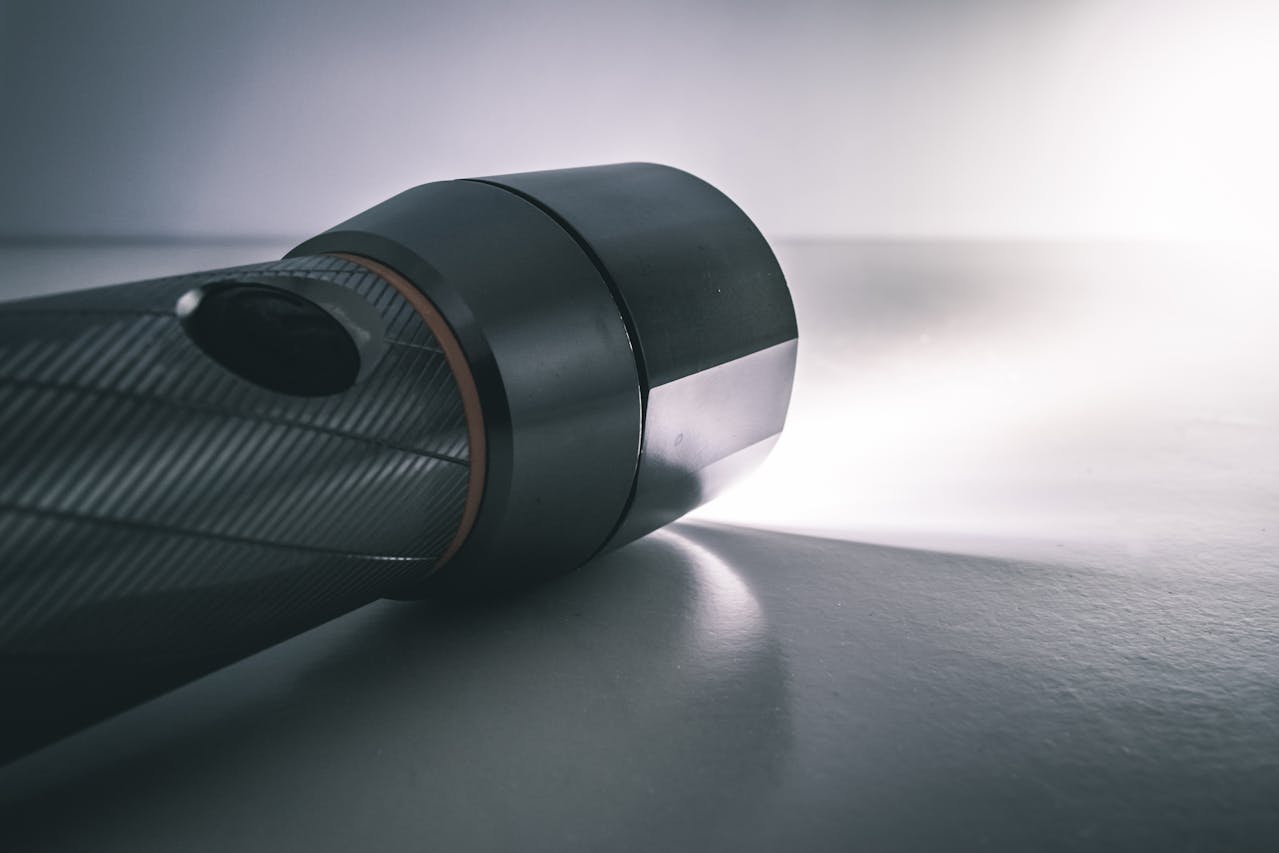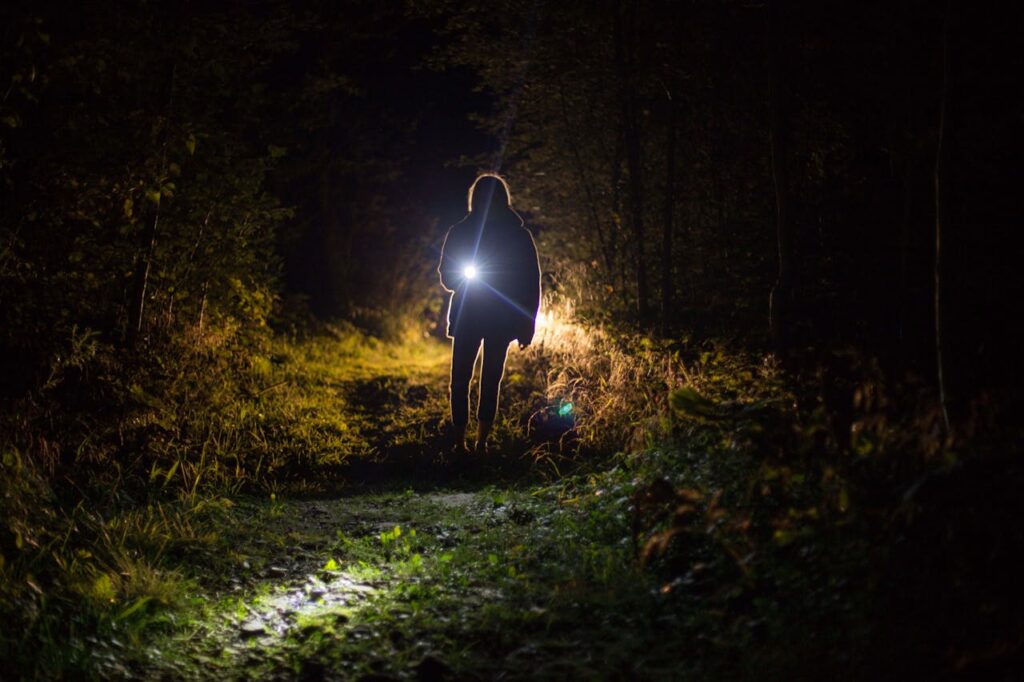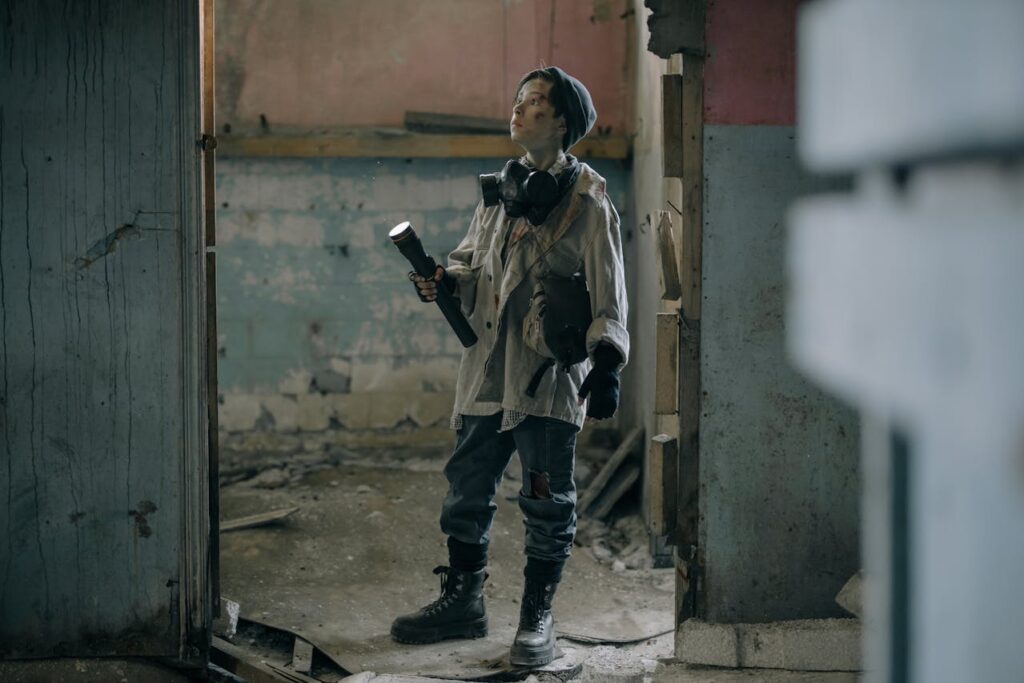Story of a 15-year-old girl who built a battery-free flashlight powered by body heat to help her friend study — and went on to win the Google Science Fair in 2013.

In an age where technological innovation often conjures images of sleek devices and massive budgets, it’s easy to forget that some of the most impactful ideas begin with a single question and a sincere desire to help. In 2013, a 15-year-old student from British Columbia, Canada, quietly disrupted that narrative. Ann Makosinski, then just in ninth grade, created a flashlight that required no batteries, no charging, and no power grid—just the warmth of a human hand. Her inspiration? A friend in the Philippines who couldn’t study at night due to a lack of electricity.
What began as a science fair project soon captured global attention, earning Ann the top prize at the Google Science Fair and praise from scientists, educators, and environmental advocates alike. But beyond the media headlines, her story holds deeper significance. It offers a window into how science and compassion can intersect to create tools that are both elegant and essential—especially in a world where over 700 million people still live without access to electricity.
In 2013, Ann Makosinski, a Canadian student from British Columbia, won the Google Science Fair in the 15–16 age category for inventing a battery-free flashlight powered by thermoelectric energy—the conversion of body heat into electricity. pic.twitter.com/ZrVhbO6fxe
— KennyBilly (@KeepingKen) July 21, 2025
A Spark of Empathy and Ingenuity
Sometimes, the most meaningful innovations come from the most personal places. For Ann Makosinski, a 14-year-old student from Victoria, Canada, the idea that would eventually win her global recognition started with a simple conversation. A friend from the Philippines mentioned she was failing school—not due to a lack of ability, but because her family couldn’t afford electricity, leaving her unable to study after dark. Ann, already curious about science and sustainability, saw an opportunity to bridge this gap not with expensive technology, but with a thoughtful and accessible solution.
Motivated by this real-world problem, Ann began researching how energy could be harvested from unconventional sources. She soon came across Peltier tiles—devices that generate electricity when there is a temperature difference between their two sides. The human body, constantly emitting heat, seemed like an untapped power source. She hypothesized that if one side of a Peltier tile could be warmed by the heat of a hand, and the other side kept cool by ambient air, it could generate enough power to light an LED.
Through this concept, she designed what she called the “Hollow Flashlight”—a cylindrical, battery-free flashlight that runs solely on body heat. The hollow structure allowed air to circulate freely, cooling the outside while the inner components absorbed warmth from the user’s hand. Despite its simplicity, the flashlight was highly functional and required no external power source, making it especially valuable in regions where electricity is unreliable or inaccessible.
In 2013, Ann entered the Hollow Flashlight into the Google Science Fair and emerged as the winner in her age category. Her invention not only highlighted the potential of thermoelectric technology but also underscored how empathy-driven innovation can lead to real-world impact. What started as a gesture to help a friend evolved into a globally recognized example of sustainable thinking, and a reminder that sometimes the most powerful ideas are born not in labs, but in conversations.

The Science Behind the Hollow Flashlight
At the core of Ann Makosinski’s flashlight lies a principle known as the thermoelectric effect—specifically, the Seebeck effect—which enables certain materials to convert temperature differences directly into electrical voltage. Ann utilized Peltier tiles, commercially available thermoelectric modules, to harness this phenomenon. Each tile consists of two different types of semiconductors sandwiched between ceramic plates; when one side is exposed to heat and the other to a cooler environment, electrons begin to move, generating an electric current. The ingenuity of Ann’s design was not in the components themselves, but in how she arranged them. By incorporating a hollow aluminum tube that allowed for passive air flow, she ensured that the outer surface of the flashlight stayed cool while the user’s hand warmed the inside. This design optimized the temperature gradient needed to activate the Peltier tiles efficiently.
One of the greatest challenges she faced was power output. The tiles produce only a small amount of electricity—just enough to light a single LED. To make the device practical, Ann focused on minimizing energy loss and maximizing heat transfer. She used a custom-designed circuit to boost the low voltage output and improve energy efficiency. While the flashlight wasn’t as bright as conventional battery-powered models, it was effective enough for reading or navigating in the dark, especially in areas without reliable electricity. In short, it provided light where there otherwise would be none, and it did so sustainably. The flashlight demonstrated how a basic understanding of physics, paired with thoughtful design, could yield a functional product that requires no batteries, wires, or charging stations—just the warmth of the human body and the coolness of the surrounding air.

Sustainable Innovation in a Global Context
Ann’s flashlight resonated not only because of its ingenuity, but because it addressed a widespread and persistent issue: energy poverty. According to the International Energy Agency, as of 2013—the year Ann won the Google Science Fair—over 1.2 billion people globally lacked access to electricity. Many of them live in rural or underserved regions where traditional infrastructure is either too costly or slow to develop. For students like Ann’s friend in the Philippines, this translates to a fundamental barrier to education, especially when daylight hours are short and study requires artificial light. By designing a flashlight that needs no batteries or electricity, Ann tapped into a need that extends far beyond a single community.
Moreover, the environmental benefits of battery-free technology are considerable. Batteries, especially single-use ones, pose significant challenges in terms of production, cost, and disposal. They often contain toxic materials like lead, cadmium, or lithium, which can leach into the environment if not handled properly. In contrast, thermoelectric devices offer a cleaner, more sustainable alternative. While they may not yet be a complete replacement for high-power needs, they provide a valuable complement in scenarios where minimal, reliable energy is essential. Ann’s project provided a compelling case study in how low-impact, low-resource technologies can serve critical functions in global development efforts, all while reducing environmental strain.

From Science Fair to Broader Impact
Winning the 2013 Google Science Fair catapulted Ann Makosinski and her Hollow Flashlight into the public eye, but what made her story particularly resonant was her continued commitment to innovation with purpose. Rather than stopping at the prototype, Ann used the recognition and momentum to advocate for youth involvement in science and to promote sustainable engineering solutions. Her work has since been featured in major science and tech publications, and she has spoken at numerous conferences and events, encouraging young people to pursue curiosity-driven innovation, particularly in addressing social and environmental challenges.
Since the flashlight, Ann has gone on to develop other projects, including a device that harvests energy from the warmth of a coffee mug. These inventions reinforce her philosophy that energy is all around us—it just needs to be tapped with the right tools and mindset. She has often spoken about how she faced skepticism and resource limitations, especially being a young woman in a STEM field. Yet she persisted, citing support from mentors and educators who encouraged her to turn questions into experiments. Her journey illustrates how scientific exploration, when paired with empathy and persistence, can lead not only to technological solutions but also to broader conversations about equity, sustainability, and innovation.
Innovation Rooted in Compassion
Ann Makosinski’s flashlight stands as more than a clever invention—it is a model of socially conscious innovation. At its heart is a simple yet powerful message: that science and empathy, when combined, can illuminate real-world problems in ways that are both creative and sustainable. Her project challenges common assumptions about where ideas must originate or who has the right tools to solve global challenges. It reminds us that age, budget, or geography need not be barriers to meaningful contribution—what matters is identifying a need and having the courage to act on it.
As we face increasingly complex global issues—climate change, energy inequality, and educational access among them—the need for low-tech, high-impact solutions becomes more urgent. Ann’s flashlight may not power cities, but it empowers individuals. It shows how even a small beam of light, when born of purpose and guided by science, can change someone’s path. For aspiring innovators, educators, and leaders, her story is an invitation: to observe closely, question deeply, and build boldly, always with others in mind.
Loading...

